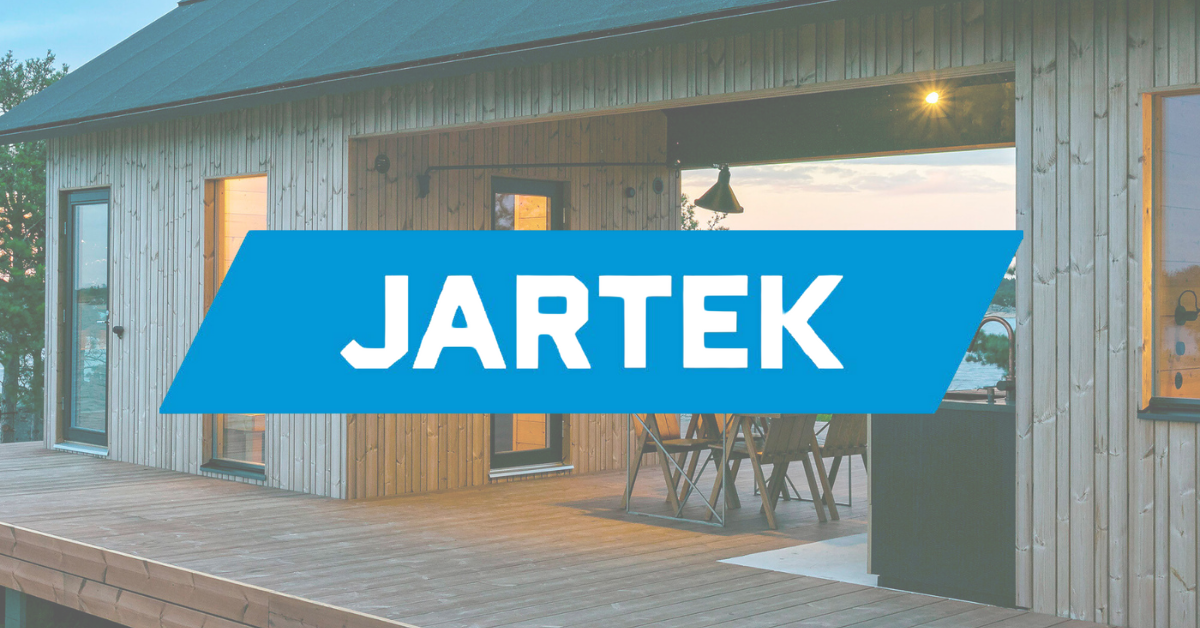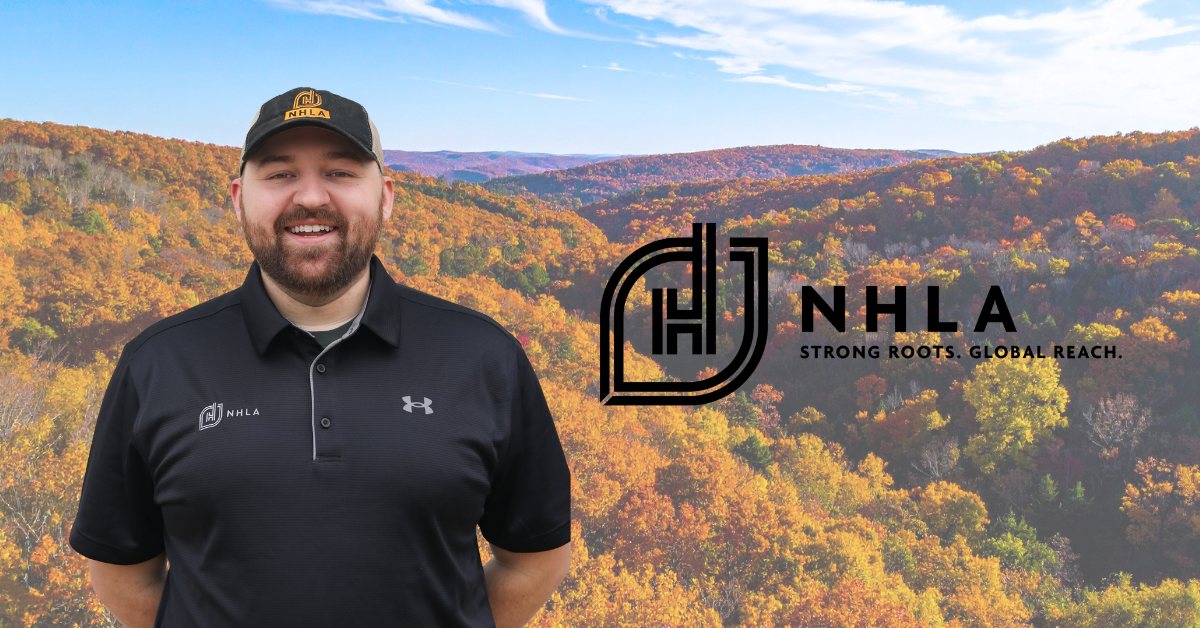Increasing Yield for a More Profitable Future
As someone who grew up in the hardwood industry, I have personally lived through many ups and downs throughout my career. The sawmill equipment when I started was antiquated at best, but I could still produce lumber used to make beautiful furniture, flooring, millwork, and other fine hardwood products. The pay scale was low but sufficient for the average, hard-working people I grew up with.
Today, technology is available to enable the processing of hardwoods to have a greater potential for profitability. Unfortunately, lumber prices have remained relatively low for most species, primarily due to competition from substitute products for lumber. This is further compounded by higher log prices, which have seen recent export surges.
At the NHLA, our team comprises seasoned hardwood professionals with extensive experience across the entire hardwood industry, from logging with horses to producing finished goods. Drawing on their vast and diverse experiences, the NHLA team embarked on a mission to help the hardwood industry reevaluate its practices and identify opportunities for growth, shifting from merely surviving to truly thriving in the market.
The trend over the years has been to increase production to lower manufacturing costs; while this is a good strategy to increase profits, it should not be the only consideration. With the average sawmill’s operating costs for their logs being close to 75% to 80% of the total, a slight increase in yield will produce a much greater return than simply lowering the manufacturing costs.
One challenge to improving yield is the lack of resources needed to make it happen. In any manufacturing process, several factors can reduce the efficiency of converting raw materials into finished goods—especially when working with round materials and trying to produce rectangular products. Another hurdle is that measuring yield can be complex; instead of focusing solely on volume, the emphasis should be on maximizing value.
The NHLA worked with the US Forest Service to secure grant funding to offset the costs of evaluating sawmill yields to make it more affordable. Through these studies, the team at NHLA has helped identify many opportunities for changes that have made many sawmills more competitive and profitable, even in today’s markets. Our focus will be to shed light on the opportunities within your sawmill that might otherwise be hidden.
For more information on our programs, please contact me at [email protected].
By Chief Inspector Dana Spessert,
[email protected]
Share:
Related News & Blog

November 5, 2025

November 5, 2025
Questions?
Have questions or need any assistance regarding the NHLA Annual Convention & Exhibit Showcase?
